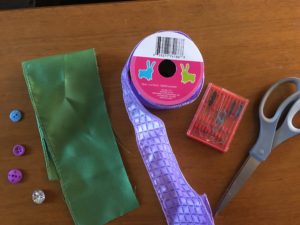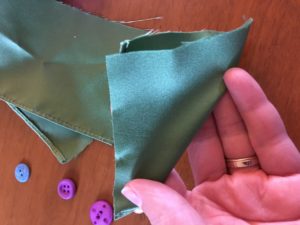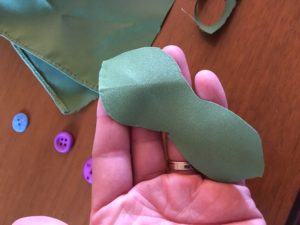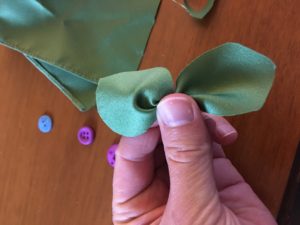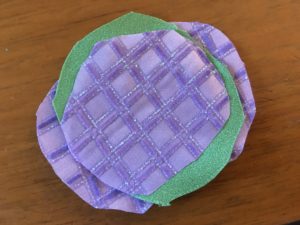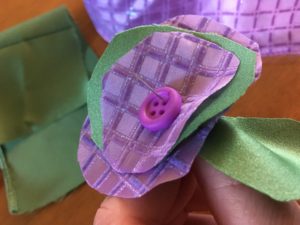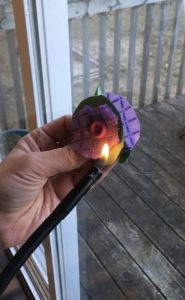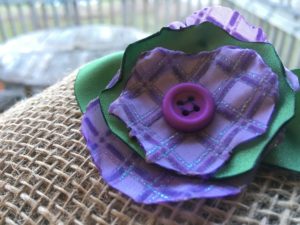Welcome Inventors! I wanted to make a good, old-fashioned flower press. When I was in third grade, I went to a camp where we pressed leaves, flowers, and grasses to create leaf collections, art, and cards. I loved it! So, this summer, flower presses were on my bucket list of things to introduce to my kids.
I needed:
1 – 2×4 ft. piece of ½ inch plywood
2 – ¼ in. carriage bolts (4 per press) about 2 inches long,
3 – ¼ in. wingnuts and washers (4 per press)
That was it! I was able to make four 12×12 inch presses – one for each of us! The kids helped, and here’s how:
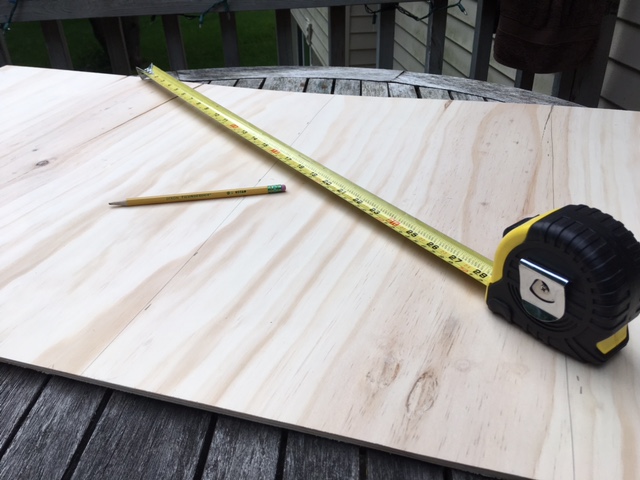
First, I cut the plywood cross-wise into four equal parts. I used a scroll saw because I am a big chicken with circular saws. Once I had my four pieces, I cut them in half again.
After we had all eight pieces, I let two of the kids sand the edges of their boards with sandpaper. I worked one-on-one with my third kid (in rotation) using a drill with a ¼ inch bit. We painter-taped the boards together and drilled through both at the same time. That ensured our would holes line up even if the measuring and cutting wasn’t perfect. We drilled 4 holes in each board, about 2×2 inches from the corners.
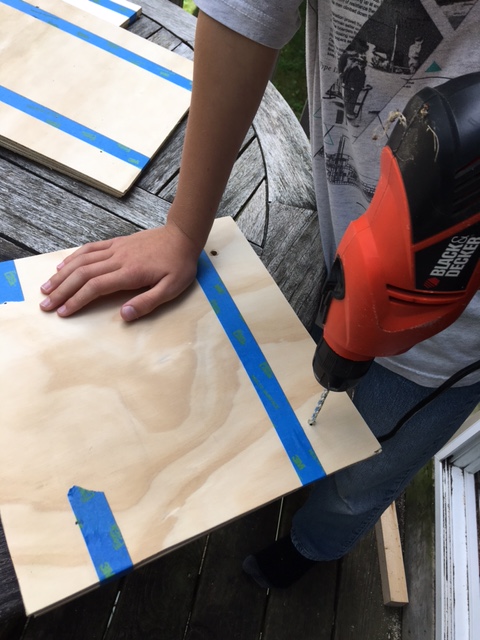
Once each board had the holes, we pressed four carriage bolts through one board. It took some wiggling, but it worked. Carriage bolts have a square under the head of the screw that will press into the wood and keep it from shifting/falling out easily, but regular bolts will also work great.
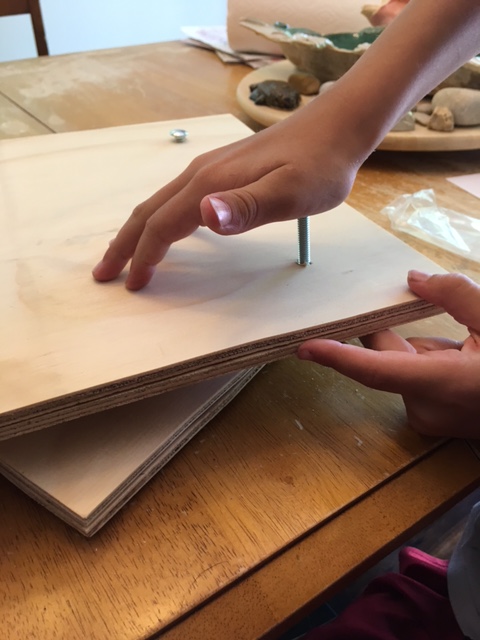
The presses were ready for flowers and leaves. We put newspaper down first and then put the flowers in between paper towel sheets. This was cheaper than using all paper towel, and it prevented newspaper ink from staining our stuff.
When our press was loaded, we put the top board on the other side, and secured each bolt with a washer and a wingnut. We turned the wingnuts until there was a lot of resistance and the board was slightly warped. Drying time from plant to plant can vary, but a good rule of thumb is at least 2 weeks.
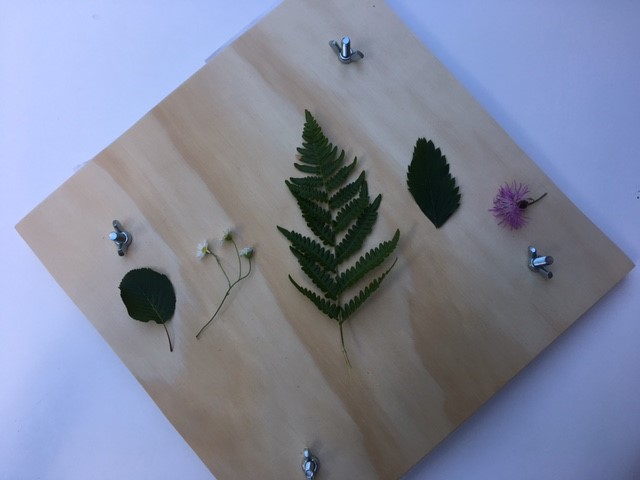
My kids and I had fun with these. They’re portable, easy-to-use, and when we make memories in the great outdoors, now we have a special way to keep a piece of them forever. Thank you for visiting, and I hope this encouraged you to invent timeless memories in your story today.

